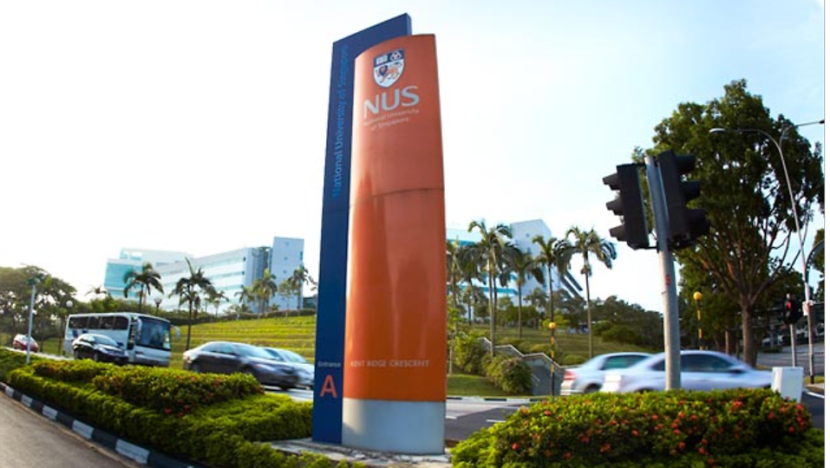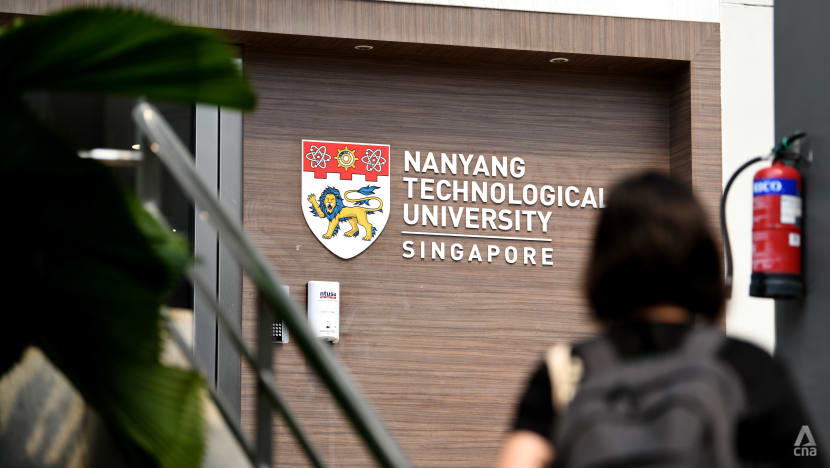NUS at No. 8 in world university ranking; first Asian institution to break into top 10
An additional metric that considers a combination of employment rate and the achievements of alumni gave NUS an edge in this year’s ranking.

File photo of the National University of Singapore.
SINGAPORE: The National University of Singapore (NUS) is now among the top 10 higher education institutions in the world.
NUS placed eighth in the latest Quacquarelli Symonds (QS) World University Rankings, which was released on Wednesday (Jun 28).
It is the first Asian institution to break into the top 10.
In the previous edition, it occupied the 11th spot.
NEW METRICS HELPED NUS TO STAND OUT
QS senior vice president Ben Sowter said an additional metric that considers a combination of employment rate and the achievements of alumni gave NUS an edge in this year’s ranking.
“Singaporean universities are doing a fantastic job of preparing their students for work,” he told CNA’s Singapore Tonight on Wednesday. “Employers have been recognising that for some time.”
This year's ranking introduced three new metrics, which are commitment to sustainability, international research networks, and employment after graduation.
NUS ranked seventh globally in producing graduates sought after by employers.
“We began back in 2004 when the world of data, particularly in higher education, was a wildly different place,” said Mr Sowter, adding that the Britain-based global higher education analyst QS has been consistently looking for new opportunities to broaden its metrics used.
“As we run forward into the future, there are emerging priorities that stakeholders around the world have been talking to us about. In particular, prospective students who increasingly are focused on their employment opportunities when they come out of university. And the sustainability credentials of the brands they associate themselves with,” he said.

He added that getting a degree from a particular university “is a brand that stays with you for life”.
“So universities have no choice but to respond to sustainability challenges, and they need to do that together,” he explained.
“So that collaboration metric, looking at how universities are working together around the world, is critically important in solving some of those big problems that the world faces.”
MIT CONTINUES TO TOP RANKING
The top 10 spots in the QS ranking, now in its 20th edition, are typically dominated by universities from the United States and Britain.
The Massachusetts Institute of Technology (MIT) topped the list for the 12th consecutive year.
The University of Cambridge retained its second spot, while the University of Oxford climbed up one place to third.
Other institutions that made the top 10 list include Harvard University, Stanford University, Imperial College London, ETH Zurich, University College London and the University of California, Berkeley.
HISTORIC FIRST FOR NUS
NUS president Tan Eng Chye said it is “a historic first” for the university to be placed within the top 10 institutions worldwide, amongst other prestigious names.
“This is a testament to our capabilities and commitment to providing a world-class, and interdisciplinary education to nurture agile and resilient graduates with diverse skills and knowledge for an ever-changing world,” he added in a statement.
“This achievement was made possible by the excellent contributions and outstanding work of our talented faculty, staff and students who remain deeply committed to flying the flag of our distinguished quality of education and creating positive impact in the classroom and beyond.”

Meanwhile, Nanyang Technological University (NTU) emerged 26th in the latest ranking, down from 19th in the previous edition.
The Singapore University of Technology and Design (SUTD) came in at 429th place, while the Singapore Management University (SMU) was ranked 545th.
Mr Sowter noted that Singapore’s attractiveness as an urban destination and the performances of its universities is a pull for international students.
















